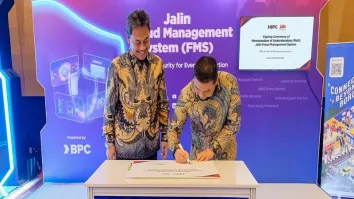Indonesia's Bank Mandiri face lower margins, climbing NPLs
The lender’s net interest margin contracted by 65 bp in H1 2020.
Indonesia’s Bank Mandiri’s return on assets is expected to drop to 1% in 2020 due to lower margins and higher credit costs, S&P Global Ratings said in a note.
The lender saw its net interest margin contract by 65 basis points (bps) whilst provisioning costs rise 66% in H1 2020. As a result, profit after tax declined 24% compared to H1 2020. Credit costs hit 2.2% in H1, which were in line with S&P’s forecast of 2.5%-3% on an annualized basis.
The bank’s margins may further suffer on lower interest rates, although these could pick up in H2 2021 when the restructuring period ends, noted S&P.
Bank Mandiri’s management already expects its net interest margins to compress by 100-120 bps following the adoption of relatively conservative cash accounting for COVID-19 restructured loans.
Higher non-performing loans (NPLs) in the coming quarters is also expected due to the bank’s exposure to micro, small, and midsize enterprises (MSMEs), as well as consumers, commodities, and unhedged corporates with US dollar loans.
“Restructured loans, along with interest subsidies and credit guarantees for MSMEs, could provide temporary relief to borrowers. However, NPLs are likely to spike once the forbearance period expires,” S&P added in the note.
Bank Mandiri’s NPL ratio increased by about 100 bps during H1 2020 to 3.3% of gross loans, mainly on the back of auto loans and loans to midsize enterprises.
Overall loans that were restructured due to COVID-19 and classified as performing comprised about 14% of the bank’s gross loans. The bank expects 10% of these to transition to stage 3 next year.
On the upside, S&P believes that Bank Mandiri has ample capital buffers that temper downside risks.
“The bank's common equity tier 1 and capital adequacy ratios were strong at 18.1% and 19.2%, respectively. It also has a stable deposit base and good liquidity cushion to meet short-term obligations,” S&P Global Ratings said in a note.
Further, capital and liquidity levels are likely to remain strong despite lower profitability on the back of subdued credit growth in 2020.
The bank has also seen good deposit flows, which reflects flight to quality amidst uncertainty, according to S&P.


















 Advertise
Advertise








